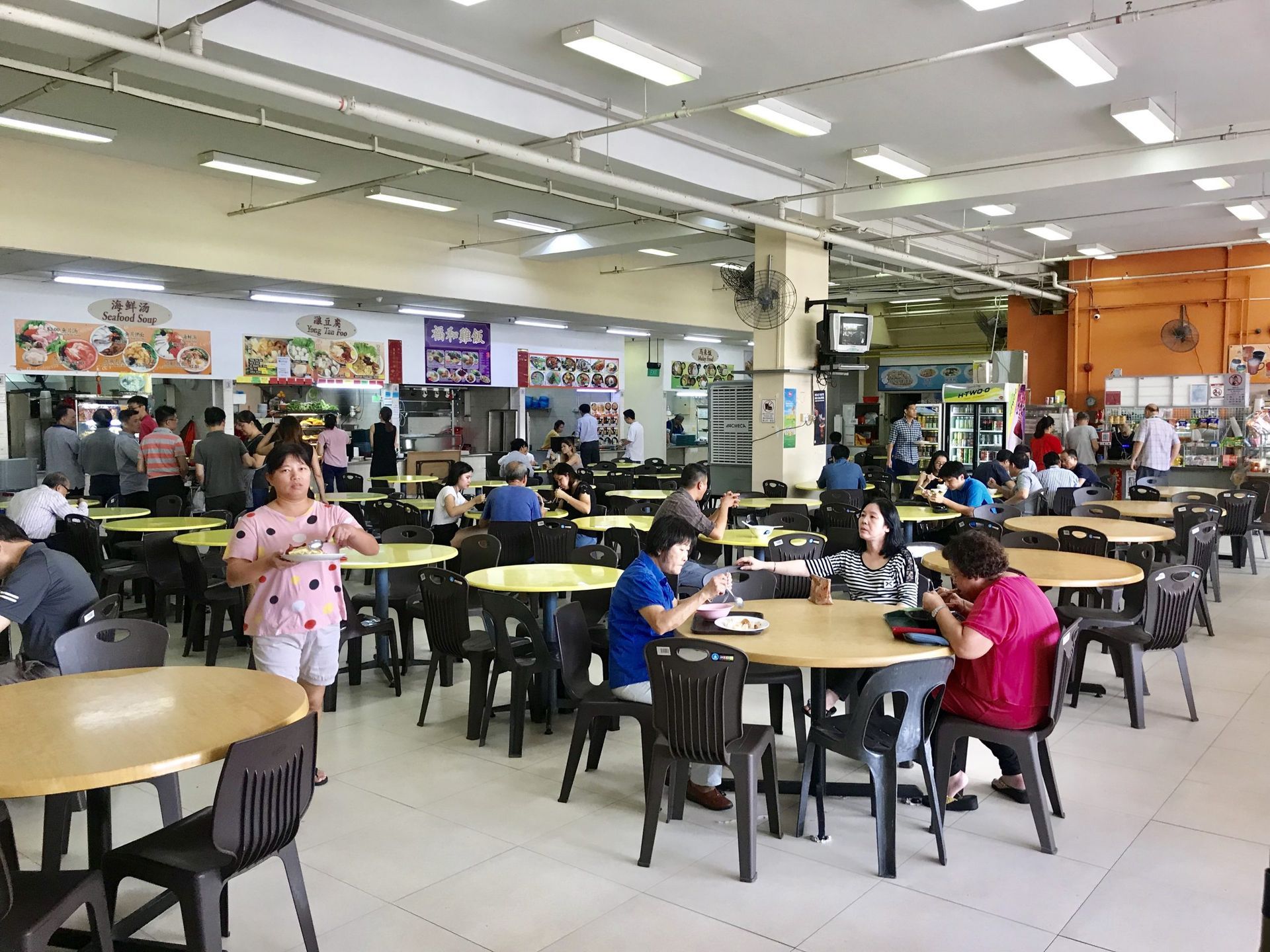Customer Success Story: Yang Xiao Xian Mango Dessert
Yang Xiao Xian Mango Dessert, a beloved dessert chain known for its delightful mango-based treats, has seen remarkable success by implementing a comprehensive membership and referral program. By leveraging top-up incentives and referral vouchers, the business has not only attracted a large number of new members but also ensured repeat visits and increased customer loyalty across its multiple outlets.
Top-Up Incentives Driving Membership Sign-Ups
To encourage customers to join their membership program, Yang Xiao Xian Mango Dessert introduced an attractive top-up incentive. Customers who top up their membership account with $20 receive an additional $2, making it $22 in total. This affordable and appealing offer has enticed many customers to sign up for the membership program to enjoy better deals on their favorite mango desserts.
Ensuring Repeat Visits with Expiry Dates The top-up value comes with an expiry date, encouraging members to return within a specified time frame to utilize their e-wallet balance. This strategy not only boosts sales but also ensures that members frequently visit Yang Xiao Xian Mango Dessert to redeem their top-up value, fostering a habit of regular patronage.
Seamless Multi-Outlet Membership
Yang Xiao Xian Mango Dessert’s membership program is designed to offer a seamless experience across all their outlets. Members can top up, earn, and redeem their rewards at any location, making it convenient for customers to enjoy their benefits no matter where they are. This multi-outlet membership system has enhanced customer satisfaction and loyalty, as it offers flexibility and convenience.
Boosting Growth with Referral Vouchers
To further drive customer acquisition and engagement, Yang Xiao Xian Mango Dessert introduced a referral voucher program. Members receive a voucher when they refer a friend, and the referred friend also enjoys a special discount on their first purchase. This referral system has been highly effective in attracting new customers and expanding the loyal customer base, as satisfied members enthusiastically share their positive experiences with friends and family.
Conclusion
By implementing a strategic top-up incentive, ensuring repeat visits with expiry dates, offering seamless multi-outlet membership, and leveraging a successful referral voucher program, Yang Xiao Xian Mango Dessert has significantly boosted customer loyalty and business growth. The integrated approach has not only enhanced the overall customer experience but also established a solid foundation for sustained success in the competitive F&B industry.
Yang Xiao Xian Mango Dessert’s innovative membership and referral initiatives serve as a testament to how thoughtful customer engagement strategies can drive remarkable results, ensuring that their delicious mango desserts remain a favorite among dessert lovers across all their outlets.
If you are interested to get a CRM membership solution for your business, Whatsapp us, or click here to send in an enquiry!
Interested in a CRM Based POS System, QR ordering or a standalone CRM membership system?
Send an Enquiry!
You might also like



